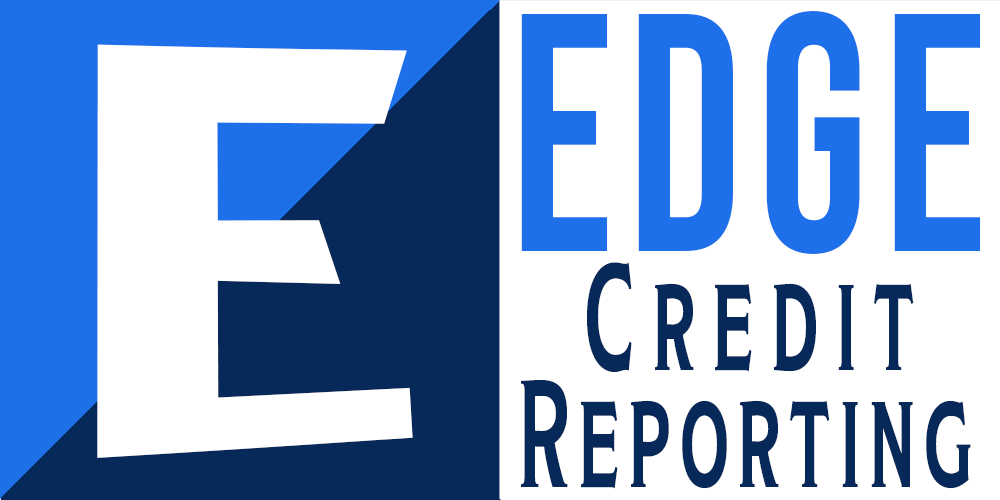When an account is charged off, it means the creditor has deemed the debt unlikely to be collected and has written it off as a loss for accounting purposes. However, this does not eliminate the borrower’s responsibility, and in many cases, consumers continue making payments voluntarily or as part of a settlement or repayment agreement. These post–charge-off payments must be reported accurately and in accordance with the Fair Credit Reporting Act (FCRA).
What Does “Charged-Off” Mean in Credit Reporting?
A charge-off occurs after prolonged delinquency—typically after 120 to 180 days of nonpayment. At this point:
- The account is closed for credit use
- The full balance becomes due
- The creditor charges the account against its earnings (for tax/write-off purposes)
Even though it is written off internally, the account still exists and may be collected by the creditor, a third party, or a collection agency.
How to Report Ongoing Payments on a Charged-Off Account
If the borrower is still making payments on a charged-off account:
1. Use Account Status Code “93 – Charged Off”
Continue reporting the account with:
- Account Status = 93 (Charged Off)
- This status must remain until the account is settled, paid in full, or otherwise resolved
2. Update the Balance and Payment History
- Balance Amount should reflect the remaining unpaid amount
- Payment History Profile should indicate missed payments leading up to charge-off, and should not reflect “current” even if payments are being made now
- Continue reducing the balance as payments are received
3. Scheduled Monthly Payment Amount = $0
Charged-off accounts are closed and no longer require minimum payments, so the scheduled monthly payment should be reported as zero, even if voluntary payments are being made.
FCRA Compliance Considerations
According to the FCRA, furnishers must:
- Report accurate and non-misleading information
- Reflect true payment activity without falsely indicating the account is in good standing
- Ensure that charge-off status is not removed prematurely
Important: Do not change the status to “current” simply because the borrower is making payments. That would mislead future creditors, violating FCRA accuracy standards.
Impact on the Consumer’s Credit Report
- Continued Charge-Off Status
Even if paid down, the account is still viewed as derogatory until it’s marked “Paid in full” or “Settled for less.” - Positive Effect of Reduced Balance
Lowering the balance through ongoing payments may soften the impact of the charge-off on the consumer’s credit score over time. - Opportunity for Future Resolution
Once the account is fully paid or settled, it can be reported as:
- “13 – Paid or closed account/zero balance” with
- Special Comment Code “AU – Paid for less than full balance” if settled
Conclusion
When a consumer continues to make payments on a charged-off account, data furnishers must walk a careful line between honoring those payments and maintaining the integrity of the original charge-off event. By continuing to report the charge-off status, updating the balance, and accurately reflecting payment activity, furnishers stay aligned with FCRA requirements and help maintain trust in the credit reporting system.

